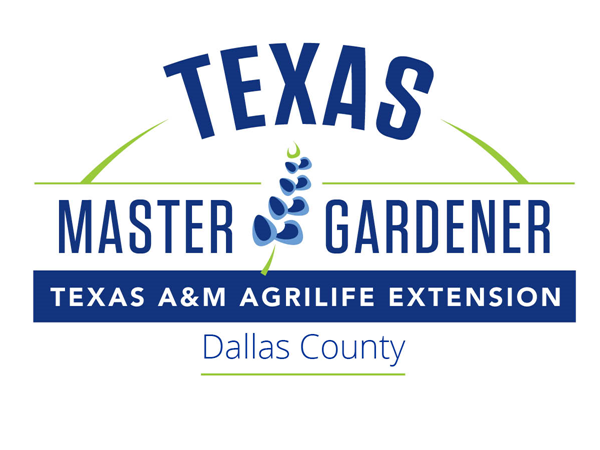August 6, 2019
We had grandiose plans; to indulge and savor, to be nourished and satisfied. Our beautifully designed spring kale bed promised countless ways to enjoy this luscious, leafy green. An imaginative plan was developed using five different varieties of kale. Our centrally located statuary garden would be transformed into graceful spirals of translucent whites to radiant pinks. Concentric circles of the lovely Scarlet Kale with her delicious frilly, red curled leaves gently ushered in sassy little Dwarf Siberian Kale, a very hardy and productive Russian variety.

Above: Scarlet Kale
Red Russian, poetically referred to as the peacock of the kale family, adorned our bed with its striking red leaf stalks and delicate purple veins running through silver green leaves. But it was the visually stunning blue-green hues of Blue Curled Scotch that completed the rich and vibrant look of our 2019 Ombre theme. Or, so we hoped.

Above: Blue Curled Scotch Kale
As spring rains gave way to the warm days of summer, we were increasingly pleased with our Brassicaceae family reunion. And then quite suddenly, Mother Nature spoke to us. Her language was somewhat stern and unforgiving. She reminded us that our visit had come too soon. While family gatherings are happy, joyful occasions filled with laughter and sweet memories, a time of separation is sometimes needed before a return.
Shamefully, we had not listened. Members of the same family had previously made a visit to our garden. Two other times to be exact. We should have known better than to include them a third time. Was it the unwelcomed pests harboring in the soil who were waiting for the right moment to “crash” our party? Or, had the lovely cabbage white butterfly swooped down from above to deposit her eggs on the underside of a leaf? Either way, our mistake had encouraged, even invited the destruction to begin. As the tiny little green worms emerged, along with them came a voracious appetite. A simple appetizer wasn’t going to satisfy, they had come for a feast.
After only a few short weeks of devastation, our bed of dreams began to resemble an alien invasion. The chomping and nibbling had wiped us out. Except for one indulgent over-eater, the lacy remnants of frass (aka, solid excreta of insects) was all that remained of our beautiful kale crop. The cross-stripped caterpillar showed no mercy, he was victorious in winning the battle.

Kale Bed in early July after the cabbage worm attack
Moving forward, we’ve learned a lesson the hard way. Instructions for the next family reunion will be respectfully observed.
- Members of the same family, in this case…Brassicaceae…won’t meet again for three years.
- Rotating plant families is important for managing pests and soil fertility in the garden.
- To improve the fertility status of garden soil, members of other families such as Fabaceae, the legume family, can be grown to add nitrogen to the soil.
Should nutrient-rich kale make a future visit, we hope to enjoy her delicious charms.
Linda Alexander
Pictures courtesy of Baker Creek Heirloom Seeds
Refer to Caterpillar Alert, Who’s Eating our Kale?
2 Fantastic Classes, Learn, Learn, Learn at our Garden!
Everyone Welcome, no reservations required.

